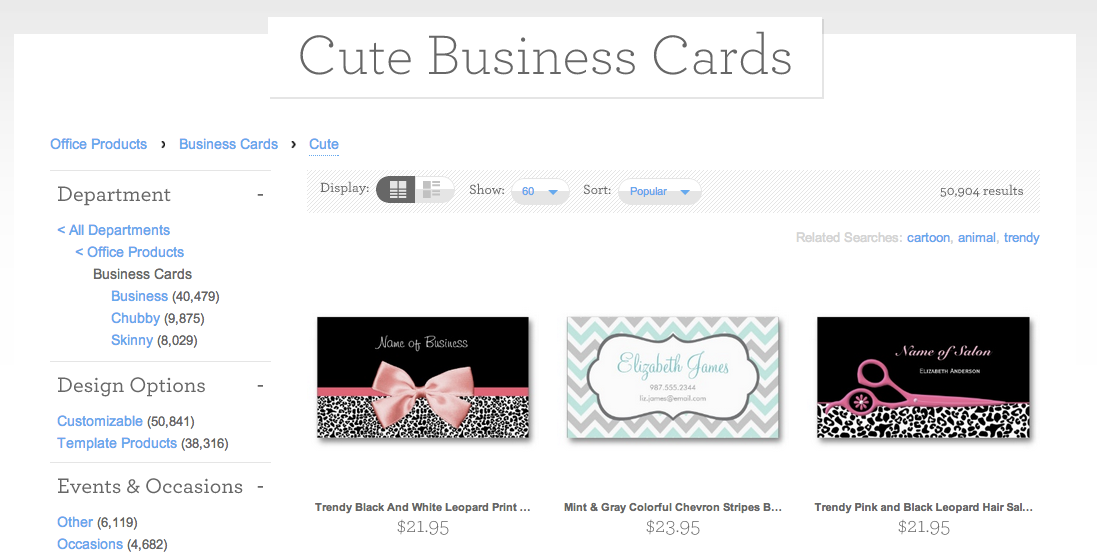Regardless of the printing industry, having a catalog of pre-made templates helps customers nail down their idea and complete the purchase. Rather than starting from scratch with no design ideas users can quickly makeover ready business cards templates, for example, or pre-made t-shirt designs. The pre-designed items available for customization create an additional unique selling point boosting your overall sales and letting customers having more fun.

Read more
The online product customization software has been traditional in a sense of UI for over a decade now. The instruments might be different, going from old-school Javascript, then Flash and Silverlight, and, finally, Javascript again, albeit with more assistive technologies like JQuery and Bootstrap.
The advent of mobile devices powerful enough to compete with desktop PCs has changed everything in a way how common customer personalizes their product. The previous online personalization tools were mostly intended to work with desktop computers, which included a common single input device as a mouse (keyboards were never usable for customizing a t-shirt as a primary device). Using the above one could select a product from the catalog and add simple personalization of text and artwork.
Read more
Our team would like to proudly announce new platform for further blogs.
For those who would like to access our blog archive, you are welcome to proceed the link below.
https://www.liveartdesigner.com/liveart-blog
Happy reading!